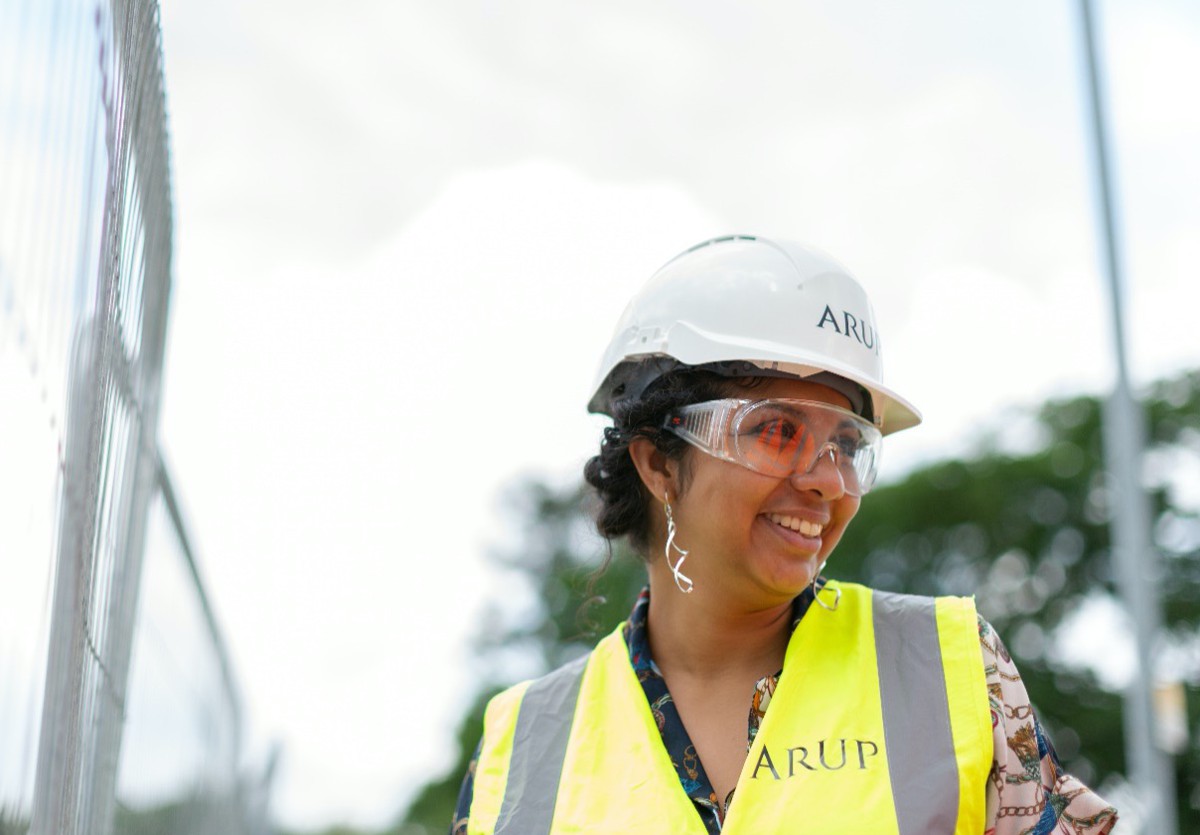Safeguarding Women in Construction
The construction industry remains extremely male-dominated, and one initiative started to combat this is Women in Construction Week, which runs from 6th to 12th March this year.
This event is run by the National Association of Women in Construction, and aims to highlight women as essential members of the construction industry and emphasise and celebrate their growing role in the field.
Women make up a tiny proportion of those in construction: as of 2021, only 13% of the construction workforce in the UK were women, according to the Government Equalities Office (GEO). Recently, there has been a push to include more women in these jobs, with the GEO finding that more women than ever before are now sitting on the FTSE boards of construction companies more than before, with the proportion of women in these roles now being at 34.7%.
So, there has never been a better time to be inclusive of women in construction. Part of being inclusive is to safeguard women employees within construction companies. Here, Zoro shares some tips for safeguarding women in the construction industry.
Make diversity and inclusion routine
The more normal diversity and inclusion seem to your employees, the more your company culture will reflect this, and be welcoming not only to women but those from myriad different backgrounds. So, make sure to plan in some diversity and inclusion training throughout your company calendar each year, and consult with your staff to ask them how welcome they feel within the culture of the business.
Teambuilding exercises, diverse guest speakers, and open days for prospective students or apprentices who might be interested in joining the industry are all great ways to foster a welcoming culture. If you run a small business, you might be tempted to wait till you have more employees before you provide this training, or put these systems in place. However, by making these things routine straight away, you’ll be in a much better position to shape an inclusive business.
Create supportive networks for women
It can be somewhat isolating for women to work in such a heavily male-dominated field, and so providing social and professional networks for women within the construction industry can be very helpful.
You can do this by introducing a mentorship scheme for your female employees to support each other, and by connecting them with other women construction workers at other firms across your city or region. This way, they can share experiences, advice on career moves, and offer encouragement and representation.
Provide appropriate facilities and workspaces
One simple thing you can do to ensure women feel welcome on site is to provide appropriate facilities and workspaces that take into account their needs. These might include:
- Having suitable toilet facilities for everyone, including sanitary bins, lockable doors, hand-washing facilities, and free sanitary products.
- Provide personal protective equipment in a range of sizes.
- Be aware of and minimise reproductive hazards on site, such as chemicals. Many construction workers have the potential to be exposed to reproductive hazards in the form of chemicals, and while men can be affected too, women of reproductive age are at higher risk. You should ensure that employees are informed of the risks they may be facing, and look into working methods that don’t contain these risks.
- Provide a range of tools to suit a variety of body sizes.
These measures will make your construction sites much safer places for women, and this will assist you in attracting a more diverse pool of employees.
“One of the most important things you can do to welcome women into your construction business is to provide personal protective equipment that is suitable for female staff members, as opposed to only using tools and protections standardised to typical male sizes. This will ensure women have access to the tools they need to work safely and effectively.
“Certain types of PPE — such as hard hats, ear and eye protection, and respiratory protective equipment — will only work correctly if it fits properly. And, if PPE feels comfortable, staff are much more likely to actually wear it. So, make sure to have a range of equipment sizes on hand, so women can be both safe and comfortable on the job.
“There are lots of things that you can do to welcome women into construction, and having these support mechanisms in place will ensure that the industry becomes more diverse in future. So, use these tips to get started and begin building an inclusive, positive company culture.”

Article by Kelly Friel, Digital Product Manager at Zoro.



















